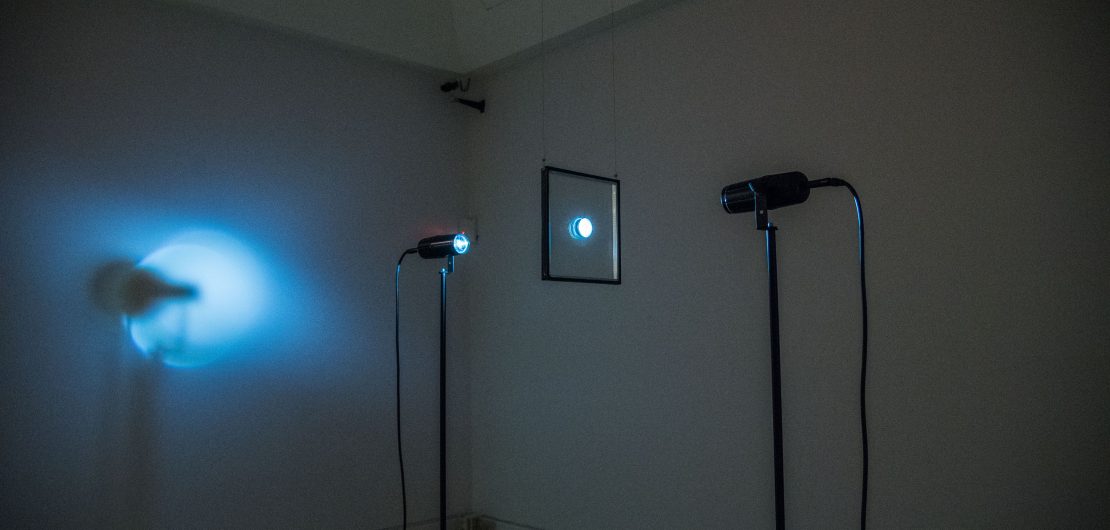
Judith Roeder is one of the participating artists in the first edition of //RESPONSIVE International Light Art Project Halifax. His work is on display at the Art Gallery of Nova Scotia.
//For more than fifteen years, glass and its physical, esthetical, and metaphorical assets have been the material and the qualities of choice for the artistic research of Judith Roeder. She focuses on the differentiation between the translucent properties of glass in opposition to its reflection and refraction properties when filtering light. She renders visible its permeability and non-permeability which lies beneath the glossy skin. “Focusing on just one material requires restraint and consequence, but it also gives freedom to explore the multiple possibilities it presents. The artist, however, does not attempt to create new qualities, but rather uncover the existing ones, thus in her realizations she often uses industrial or recovered glass. Its properties, hitherto hidden from the eye and mind, are isolated and set in motion in her conceptual works. Thanks to this transition, the energy of the body at rest become the energy of action.” [Zofia Reznik: Alternative States of Matter].
For part of her works, she scratches the glass surface to destroy the transparency. Engraving glass is as old as glassmaking itself, dating well before glassblowing was invented. The British artist Simon Whistler [1940-2005] described engraving glass as drawing with light: “My own analogy of glass is to imagine that it is actually made of light; light trapped between two polished skins. Scratch the surface and light is released at that place. The engraver’s task is to find and release the light in the way that best expresses his ideas.” Judith Roeder is interested in the transition of light through glass to explore the optical properties that lay beneath the translucent surface. Her works encompass single or multiple layers of glass sheets as reliefs or as sculptures, and she uses a range of light sources from daylight to UV-light to the digital projection for her installations – depending on the phenomenological and esthetical aspects she wants to refer to.
The appearance of all her works depends on the light situation they are placed in and space is the third building material, that Judith Roeder uses for the composition of her works. In her compositions, the geometry of light intersects with the geometries of shape and space, and governs the interplay of position, environment, and viewpoint.
With the projection of still and moving images onto glass objects, her works reflect on the culminating distortion of images by the lenses of the camera, the image projector, and the human eye as the perceiving visual system. Her focus is on the esthetic experience as a moment of contemplation and research and her imagery fathoms its translation on transit through material and media. Obviously, the dynamics of interdependencies are the focus of her artistic research and give grounds to her conceptual ideas.